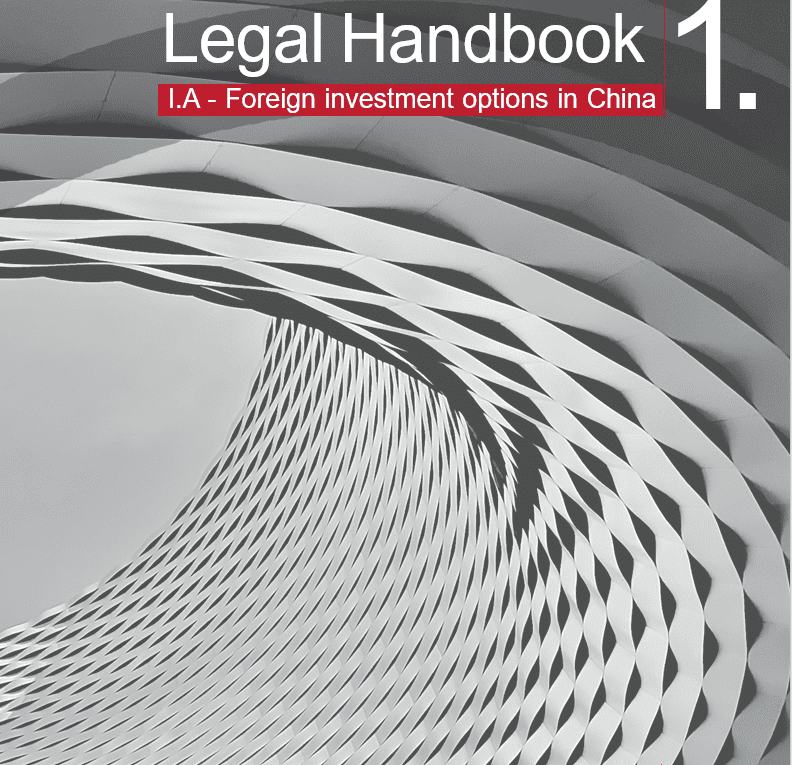After two years wondering how the Shanghai Pilot Free Trade Zone (FTZ) would make a real difference for foreign-invested companies, a recent liberalization in its regulation have made companies to reconsider the potential of the zone.
Established in September 2013, the FTZ has not particularly opened foreign participation in restricted fields. Foreign companies could not help expressing discontentment and disappointment, as the FTZ has been promoted as a way to test the People’s Republic of China (PRC) government’s reform initiatives, as promised under the WTO structure.
Eventually, time could really change for digital and telecommunications foreign companies especially, as the new regulation could lead foreign invested companies, especially wholly foreign owned enterprises (WFOE) to be able to obtain license in certain areas, including e-commerce, call centre, and internet connection services.
The FTZ offered some major changes in the complex regulatory environment of value-added telecommunications services with the issuance of the Opinions on Further Opening Up Value-added Telecommunications Business in Shanghai Free Trade Zone in January 2014 (“Opinions 2014”) and the Circular on Removing the Restrictions on the Foreign Equity Ratios in Online Data Processing (Operating E-commerce) Business in Shanghai Free Trade Zone in May 2015 (“Circular 2015”).
Impacts on the market remain to be seen in practice, but the market potential is significant.
Before 2014: a restricted area
Obtaining a licence is the key for foreign-invested companies operating restricted activities in China. Penalties can be imposed by the Chinese administration if such licence is not duly obtained.
The Regulations on Telecommunications of the PRC (2000) is the main piece of the Chinese legal framework regulating the telecommunications operations and e-commerce. According to these regulations, a licence shall be granted to operate such activities.
Foreign investments in telecommunications sector, including basic telecommunication service and value-added telecommunication service (VATS), have been allowed by the Provisions on the Administration of Foreign Investment in Telecommunications Enterprises (last revised in 2008), but only under certain conditions such as establishing a joint venture with a Chinese partner.
VATS are categorized into specific activities, including:
– Online data processing and online transaction processing (it refers to e-commerce);
– Information service (it refers to platform providing information to end users, including app);
– Data centre;
– Multi-party telecom connection;
– Call centre;
– Storage/ transfer of data;
– Internet connection.
Under Chinese legal framework, companies providing VATS are subject to specific licenses to be obtained from the MIIT in accordance with the nature of business, including the Internet Content Provider License (ICP), the Electronic Data Interchange License (EDI) and others.
Before the issuance of Opinions 2014, foreign investment ratio in VATS was no more than 50%. Nevertheless, in practice, even a JV with Chinese partner having major shareholdings was not allowed to obtain the VATS licenses.
As a result, the practice of Variable Interest Entity structure (VIE) has been widely used to face the legal constraints imposed by the Chinese authorities.
Limitations of VIE (Variable Interest entity) structure
The VIE structure has become commonplace in many restricted areas such as e-commerce or private education and has been used by many of China’s most well-known offshore-listed companies, including Alibaba, Baidu, Dangdang, Focus Media, New Oriental, Sina and Tudou.
The VIE structure relies on contractual arrangements entered into between a WFOE and a domestic company acting as its sub-contractor (Domestic Company). Generally, the contractual arrangements are entered into among the Domestic Company, its shareholders and the WFOE. According to these contractual arrangements, foreign-invested companies are benefiting from the proper VATS licence of a PRC domestic company duly registered in China.
Despite the fact that it is an attempt to circumvent foreign investment restrictions in China, the VIE structure has benefited from a tacit acceptance of the Chinese authorities such as Ministry of Commerce (MOFCOM), State Administration of Foreign Exchange and Ministry of Information and Industry Technology.
However, for compliance reasons and due to significant legal risks inherent to the VIE structure, investors and foreign corporations remain reluctant when VIE are involved.
With the issuance of the Circular 2015, according to which WFOE can now obtain their own license in the FTZ, new options are available for foreign-invested enterprise operating in restricted fields and willing to mitigate the risks.
Since 2014: an era of opening
According to the Opinions 2014 and Circular 2015, certain VATS, including e-commerce, call centre and internet connection services can be conducted by a WFOE in the FTZ upon obtaining the proper VATS licenses from the Shanghai Telecom Administration, the local branch of the MIIT.
Despite a Circular on Relaxing the Geographical Restrictions Imposed on Certain Service Facilities Providing Value-added Telecommunication Services in Shanghai Free Trade Zone issued in May 2015 which allows foreign invested companies established outside of the FTZ to apply for VAT licenses for call centre business, the practice remains that application can only be made in the FTZ.
Information service, except for app store, is still a restricted sector for foreign invested companies no matter within or outside of the FTZ.
So far, the government has taken a cautious regulatory approach in issuing VATS licenses in e-commerce and call centre areas, to wholly foreign-invested value-added telecommunication companies established in the FTZ. Very few WFOEs have been issued such licenses and the requirements remain hard to fulfil.
Nevertheless, it is foreseeable that, on the long term, WFOE established within or outside of the FTZ may obtain their VATS licenses, if the regulations evolve accordingly.
FTZ vs. the rest of China
The following table has illustrated the policies compared between Waigaoqiao FTZ and outside of the zone.
| Foreign-invested ratio authorized | ||
| Services | FTZ | Rest of China |
| Online data processing and online transaction processing (e-commerce) | 100% | 50% |
| Information service (including app) | 50% | 50% |
| Call center | 100% | 50% |
| Domestic internet virtual private networks | 50% | 50% |
| Storage / Data transfer | 100% | 50% |
| Internet connection service | 100% | 50% |
| Multi-party telecom connection | 100% | 50% |
How to apply?
Application can only be made in the FTZ and under the following conditions:
– RMB 1M which may be paid according to the timeframe set under the Articles of Association at investor’s sole discretion financial statement and bank credit letter of foreign investor;
– Explanation made by foreign investor to prove its experience in the sector;
– Plans on business development, implementation and technologies;
– Methods and protocols in internet and information security;
– Documents to prove credibility of the company;
– Proof that the company and its major investors and major business managers have no record of violation of telecommunication supervision and administration rules within three years.
The process is as follows:
Step 1: establishment of WFOE in the FTZ with business scope not including the concerned VATS. For already established WFOE, it can change its address to the FTZ. However, if change of address involves change of district, considering the time frame, it is suggested to newly establish a WFOE;
Step 2: application for the VATS license;
Step 3: upon receiving the VATS license, application for extension of business scope.
Despite a length of five months, it is believed that some foreign-invested companies will make the choice to comply with the regulations to avoid VIE structure and to increase their activities in the telecommunications services, especially the e-commerce.
In addition, three new free trade zones (Tianjin, Fujian and Guangdong) have been set up and it is believed that experience and lessons learned from Shanghai FTZ will be applied in the three new free trade zones.
For further information, please contact:
Bruno Grangier











